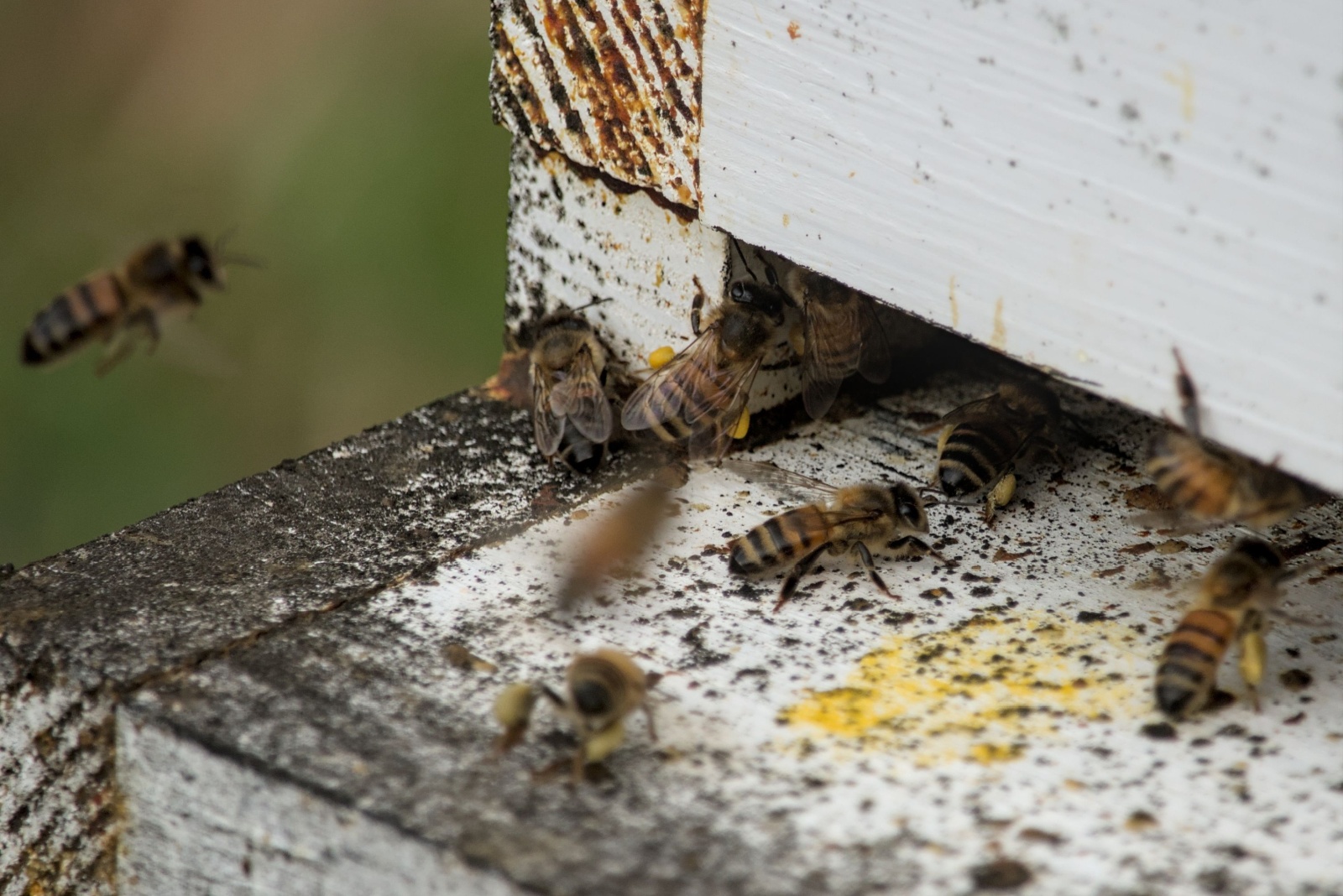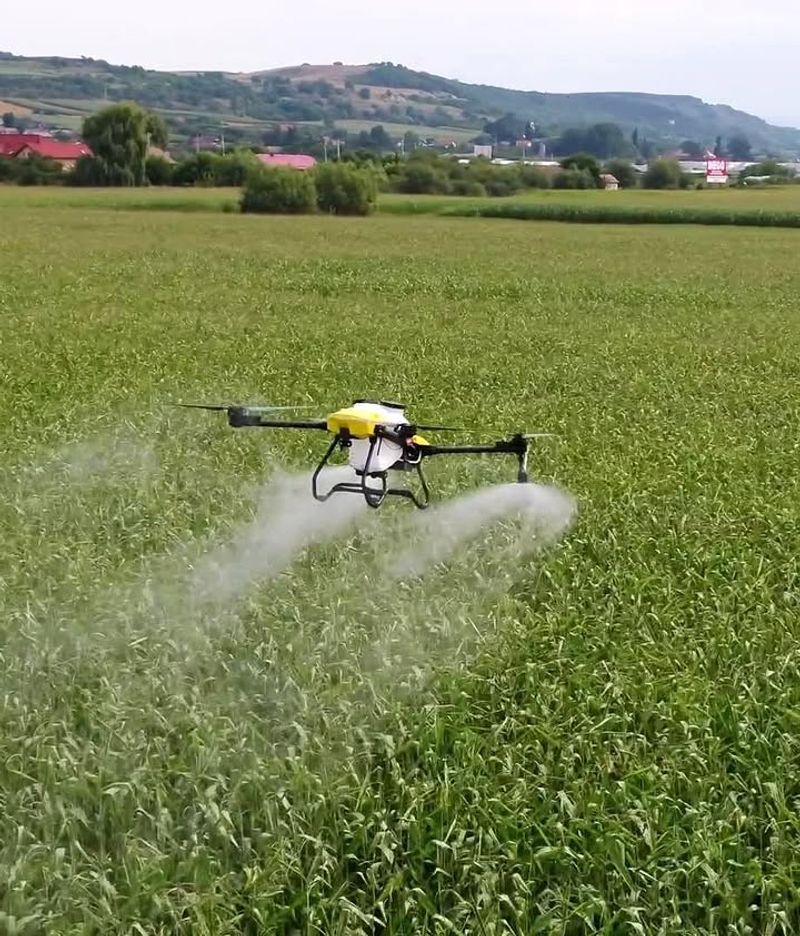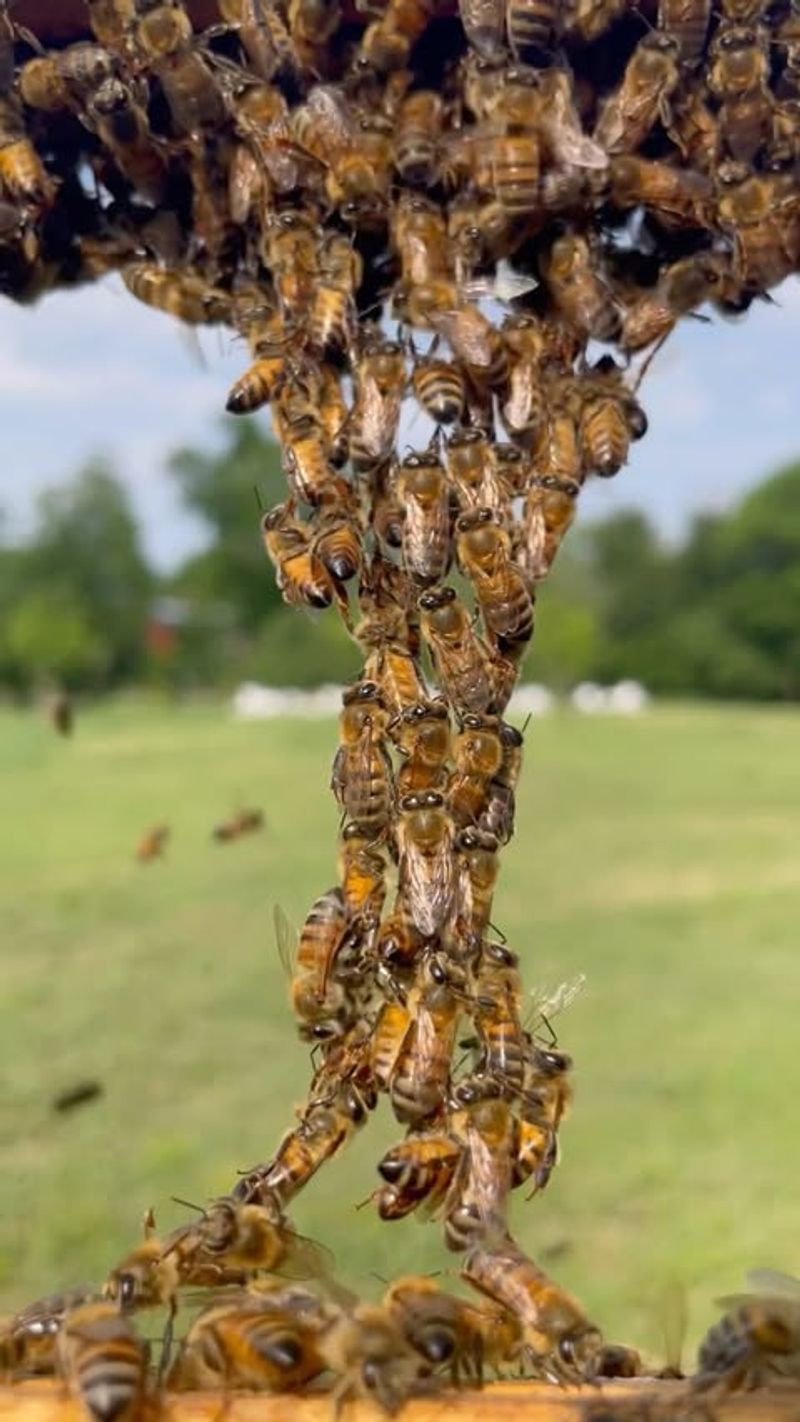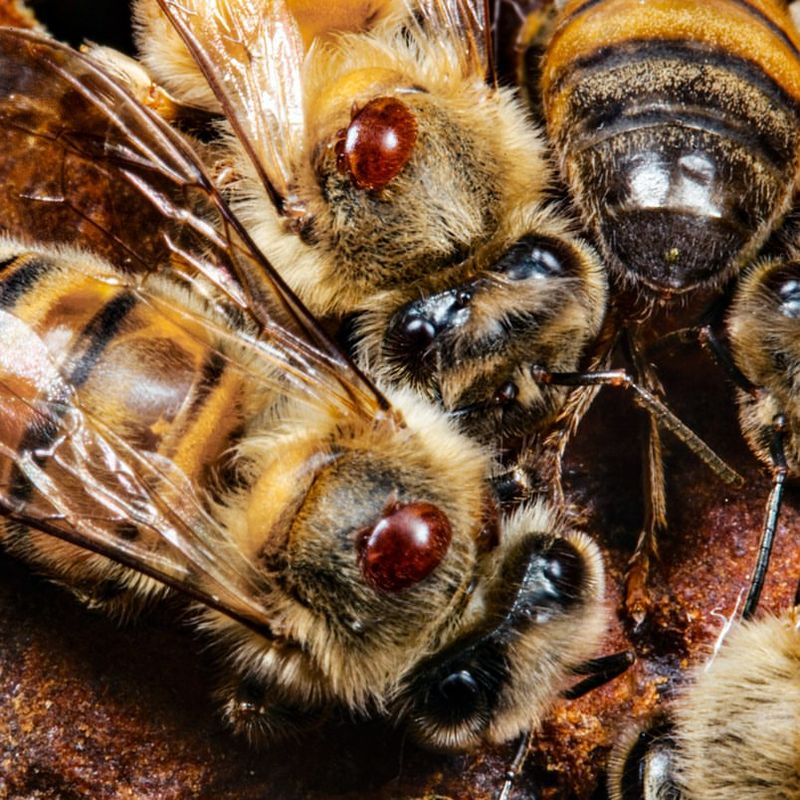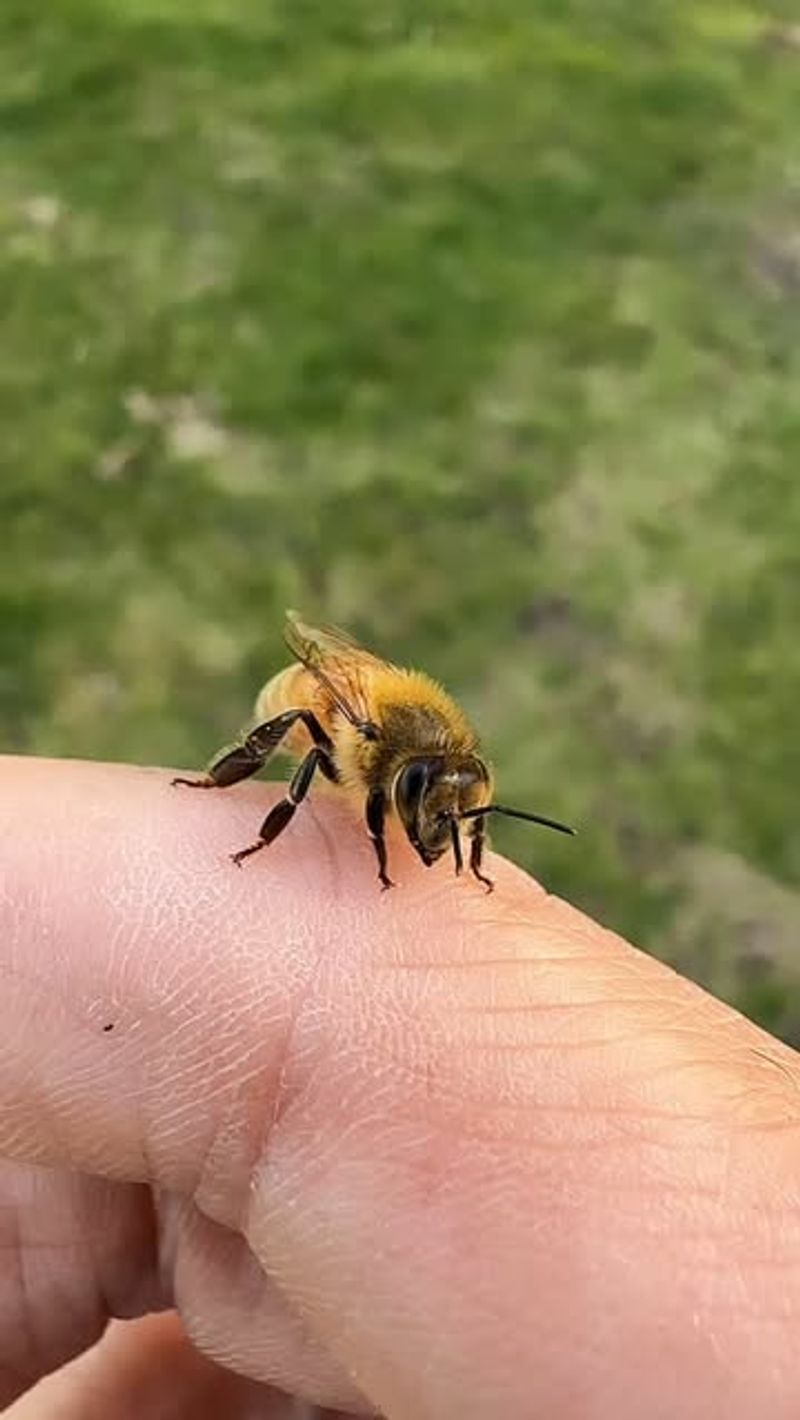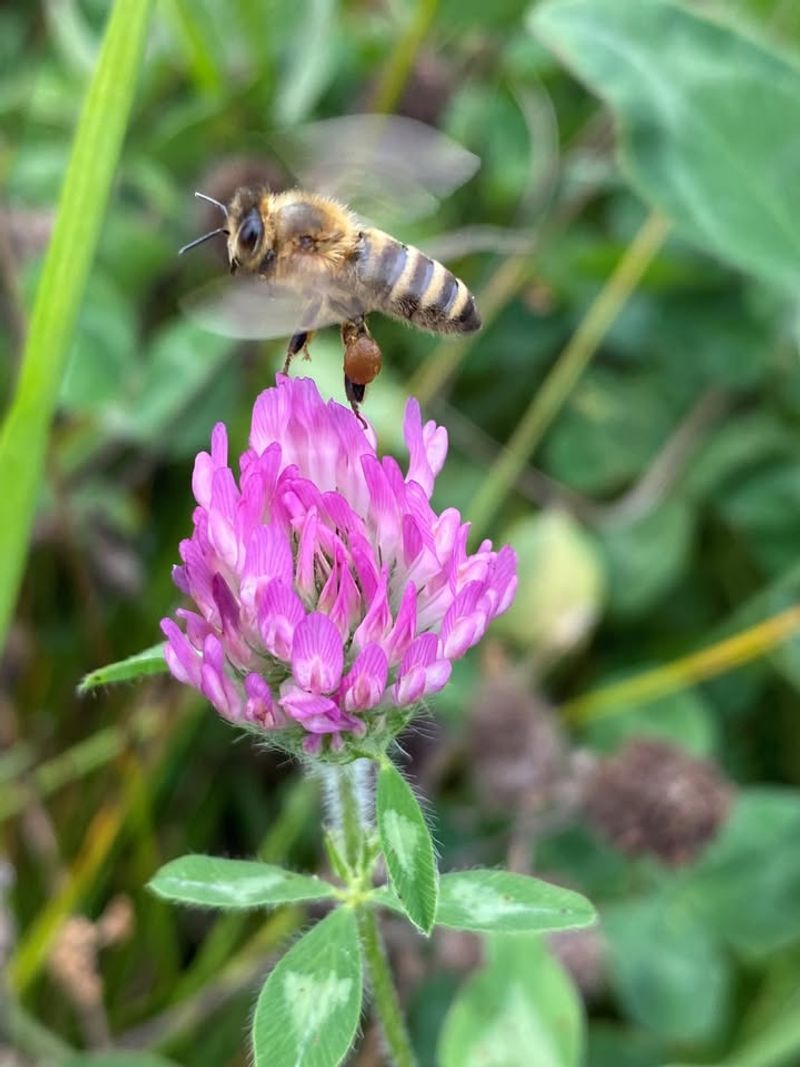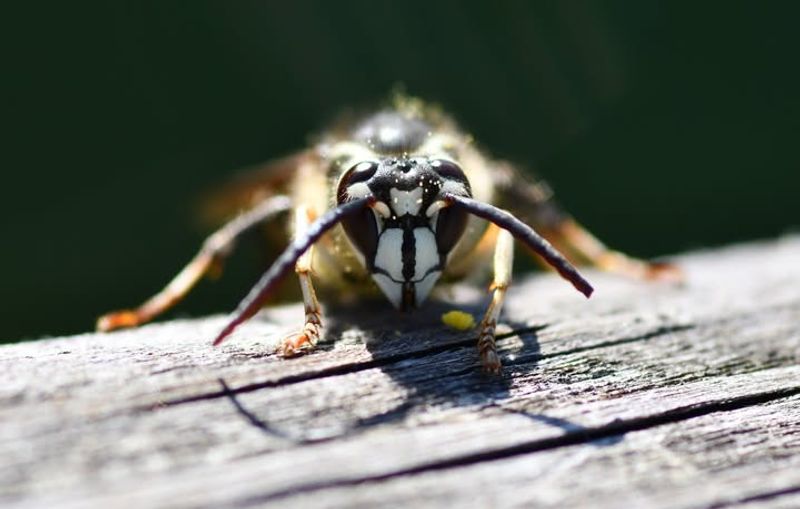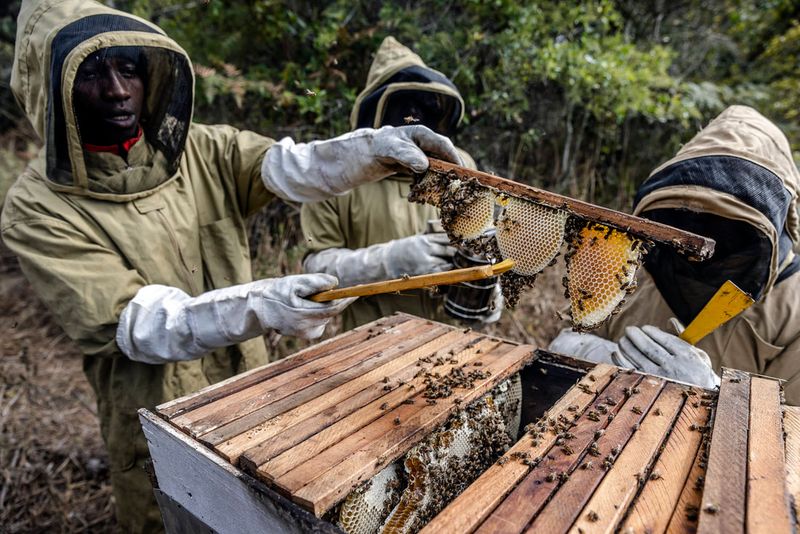Bees are disappearing from South Carolina at an alarming rate, and this problem affects everyone. Without these hardworking pollinators, many of the fruits, vegetables, and flowers we love would struggle to grow.
Understanding why bees are vanishing helps us protect them and keep our environment healthy for future generations.
1. Pesticide Use In Agriculture
Farmers spray chemicals on crops to kill harmful insects, but these pesticides often harm bees too. Neonicotinoids, a common type of pesticide, can confuse bees and damage their ability to find food and return home.
When bees visit treated plants, they carry toxic pollen back to their hives. Even small amounts of these chemicals can weaken entire colonies over time, making them more vulnerable to disease and death.
2. Loss Of Natural Habitats
Wild bees need diverse flowering plants and safe nesting spots to survive. As cities expand and farmland grows, natural meadows and forests disappear, leaving bees with fewer places to live and feed.
South Carolina has lost thousands of acres of wildflower-rich habitats to development. Without varied plants blooming throughout the seasons, bees struggle to find enough nutrition to maintain healthy populations year-round.
3. Climate Change Effects
Rising temperatures and unpredictable weather patterns throw off the natural timing between when flowers bloom and when bees emerge. If bees wake up too early or too late, they miss the flowers they depend on for food.
Extreme weather events like droughts and floods have become more common in South Carolina. These conditions destroy bee habitats and food sources, making survival increasingly difficult for colonies already facing other threats.
4. Varroa Mite Infestations
Tiny parasites called varroa mites attach themselves to bees and suck their blood, weakening them significantly. These mites spread rapidly through hives and can wipe out entire colonies if left untreated.
Varroa mites also carry viruses that infect bees, creating a double threat. Beekeepers across South Carolina battle these pests constantly, but controlling them remains one of the biggest challenges in keeping bee populations alive and thriving.
5. Disease And Viruses
Bees face numerous diseases that spread quickly through crowded hives. Deformed wing virus, for example, prevents young bees from flying properly, leaving them unable to gather food or perform essential colony tasks.
Fungal infections and bacterial diseases add to the problem, especially when bee immune systems are already compromised by pesticides and poor nutrition. South Carolina beekeepers report increasing disease outbreaks that devastate even well-managed colonies.
6. Lack Of Flower Diversity
Modern farming often focuses on growing just one type of crop across huge areas. While these fields might bloom briefly, they provide bees with limited nutrition and no food for most of the year.
Bees need access to many different flower types to get all the nutrients they require. When landscapes lack diversity, bee diets become unbalanced, weakening their immune systems and reducing their ability to fight off diseases and parasites successfully.
7. Invasive Species Competition
Non-native plants and insects have moved into South Carolina and compete with bees for resources. Some invasive plants produce flowers that look attractive but offer little nutritional value to native bee species.
Invasive insects like certain wasps prey on bees or take over their nesting sites. Competition for limited resources puts additional stress on bee populations already struggling with habitat loss, diseases, and environmental changes throughout the state.
8. Poor Beekeeping Practices
Not all beekeepers have proper training or resources to maintain healthy hives. Overcrowding bees, failing to treat for mites, or moving hives too frequently can stress colonies and spread diseases to wild bee populations nearby.
Some commercial beekeepers transport hives long distances for pollination services, exposing bees to new diseases and parasites. When weakened managed bees interact with wild bees, they can transmit problems that further reduce South Carolina’s overall bee populations.
9. Air And Light Pollution
Artificial lights confuse bees that rely on natural light patterns to navigate and communicate. Bright city lights can disorient bees, preventing them from returning to their hives and disrupting their normal feeding schedules.
Air pollution from vehicles and factories coats flowers with harmful particles that reduce nectar quality and mask floral scents bees use to locate food. Urban areas in South Carolina create challenging environments where bees must work harder to survive and reproduce successfully.

